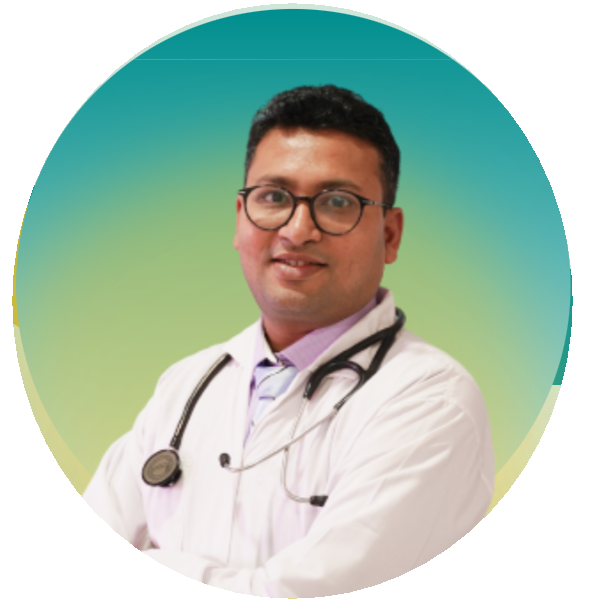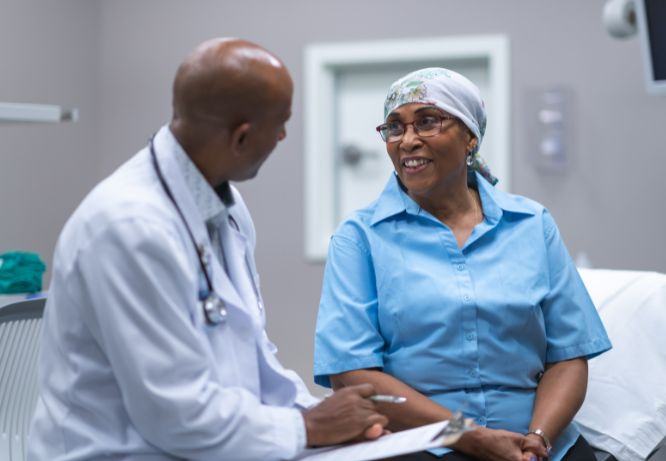Cancer is a formidable health challenge that knows no boundaries, affecting individuals across various age groups. While it is a universal health concern, certain age demographics are more prone to specific types of cancer. Understanding the age-related prevalence of cancer can aid in early detection, prevention, and better treatment outcomes. This comprehensive guide explores the common ages at which cancer occurs, with insights from Dr. Vikesh Shah, a leading cancer doctor in India.
The Age Factor in Cancer Development
Cancer’s development is intricately linked to age, primarily due to the cumulative effect of risk factors over time. As the body ages, cells undergo numerous changes, some of which may lead to the mutations that cause cancer. Additionally, the immune system’s efficacy in detecting and eliminating abnormal cells decreases with age, contributing to a higher cancer risk.
Childhood and Adolescence: Rare but Aggressive
Cancer in children and adolescents, though rare, tends to be aggressive. The most common cancers in this age group include:
- Leukemia: Acute lymphoblastic leukemia (ALL) and acute myeloid leukemia (AML) are the most prevalent types among children.
- Brain and Central Nervous System Tumors: These include medulloblastomas and gliomas.
- Lymphomas: Both Hodgkin and non-Hodgkin lymphomas are common in adolescents.
The rarity of these cancers necessitates specialized treatment approaches, often involving pediatric oncologists. According to Dr. Vikesh Shah, a prominent cancer doctor in India, early detection and tailored therapies significantly improve survival rates in young patients.
Young Adults: The Rise of Unique Cancer Types
In young adults (ages 20-39), the incidence of certain cancers begins to rise. These include:
- Testicular Cancer: The most common cancer in young men, typically diagnosed between ages 20 and 34.
- Melanoma: While it can occur at any age, young adults are increasingly affected, likely due to increased sun exposure and tanning bed use.
- Thyroid Cancer: Particularly common in women, with a peak incidence in the 30s.
Young adults face unique challenges, including fertility concerns and the psychosocial impact of cancer. Dr. Vikesh Shah emphasizes the importance of support systems and fertility preservation options for this age group.
Middle Age: A Surge in Incidence
The risk of cancer increases significantly in middle age (ages 40-60). This period often sees a surge in the incidence of various cancers, including:
- Breast Cancer: The risk increases, especially in women over 40. Regular mammograms are crucial for early detection.
- Prostate Cancer: Most commonly diagnosed in men over 50, making prostate-specific antigen (PSA) screening vital.
- Colorectal Cancer: Screening recommendations typically begin at age 45, reflecting the increased risk.
- Lung Cancer: Risk escalates with age, particularly in individuals with a history of smoking.
Dr. Vikesh Shah advises that regular screenings and a healthy lifestyle, including a balanced diet and exercise, can significantly reduce the risk of these cancers.
Seniors: The Highest Risk Group
Individuals aged 60 and above are at the highest risk for most cancers. This demographic accounts for the majority of cancer diagnoses and mortalities. Common cancers in seniors include:
- Lung Cancer: The leading cause of cancer death in both men and women, often diagnosed in individuals over 65.
- Colorectal Cancer: Risk continues to increase with age, making colonoscopies essential for early detection.
- Breast Cancer: Incidence peaks in women aged 60 and older.
- Prostate Cancer: Continues to be a significant concern for men in their 60s and beyond.
The aging population poses challenges in cancer management, including comorbidities and treatment tolerability. Dr. Vikesh Shah highlights the need for personalized treatment plans that consider the patient’s overall health status and preferences.
The Role of Genetics and Lifestyle
While age is a primary risk factor, genetics and lifestyle choices also play crucial roles in cancer development. Genetic mutations, such as BRCA1 and BRCA2 for breast cancer, can significantly increase risk, regardless of age. Lifestyle factors, including smoking, diet, alcohol consumption, and physical activity, can either mitigate or exacerbate cancer risk.
Early Detection and Prevention
Early detection remains a cornerstone of effective cancer treatment. Regular screenings, such as mammograms, colonoscopies, and PSA tests, are vital. Additionally, adopting a healthy lifestyle can reduce cancer risk at any age. Dr. Vikesh Shah, a leading cancer doctor in India, recommends the following preventive measures:
- Avoid Tobacco: Smoking is a leading cause of various cancers, including lung, throat, and mouth cancers.
- Healthy Diet: A diet rich in fruits, vegetables, and whole grains, and low in processed foods and red meats, can reduce cancer risk.
- Regular Exercise: Physical activity helps maintain a healthy weight and reduces the risk of breast, colon, and prostate cancers.
- Limit Alcohol: Reducing alcohol intake can lower the risk of liver, breast, and colorectal cancers.
- Sun Protection: Using sunscreen and avoiding tanning beds can prevent skin cancers, including melanoma.
Conclusion
Understanding age-related cancer patterns is essential for prevention and treatment. Each age group faces unique risks. Dr. Vikesh Shah, a top cancer doctor in India, stresses the importance of age-specific screenings and a healthy lifestyle to minimize cancer risk. This involves a balanced diet, regular exercise, avoiding tobacco, limiting alcohol, and protecting skin from UV rays. Personalized treatment plans tailored to age and health status are vital for improved outcomes. Staying informed and proactive enhances the chances of a cancer-free life, guided by experts like Dr. Vikesh Shah.
For anyone in India seeking comprehensive cancer care, visiting Dr. Vikesh Shah’s clinic in Ahmedabad can provide the expert guidance and treatment necessary for the best possible outcomes.

